Having a small shark as a pet is an intriguing idea to a lot of people who have home aquariums. However, there is a lot that the stores don’t tell you when they sell you a shark egg or a cute little baby shark that can fit into the palm of your hand at the time of purchase.
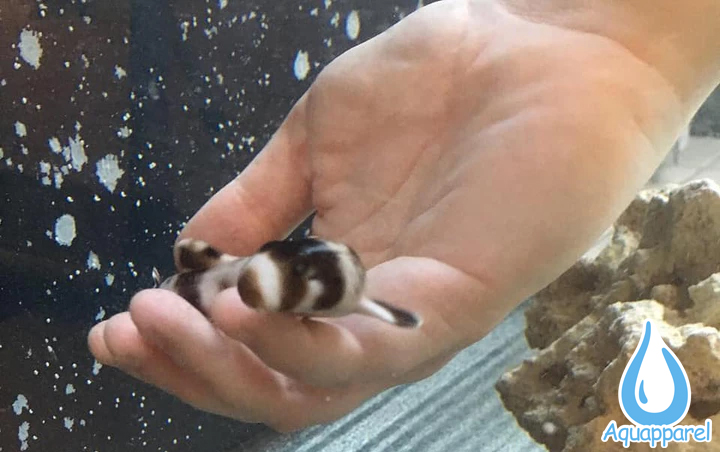
I’ve been keeping small sharks and stingrays since I was 15 years old, I’m now 35. Sure, they are amazing animals but they require a lot more than what you may think. If you are thinking of buying a small shark for your home aquarium, read this first before you make a decision.
The most commonly kept sharks in the home aquarium here in the US are:
The Brown Banded Bamboo Shark
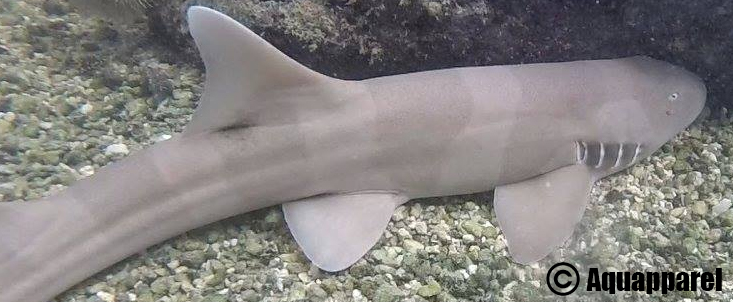
The Grey Bamboo Shark
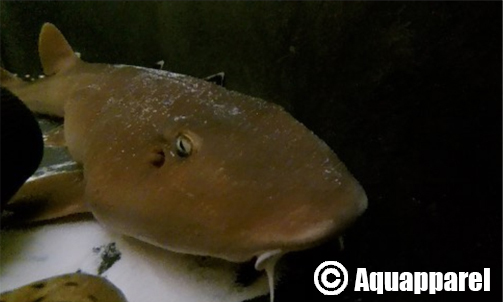
The Coral Cat Shark
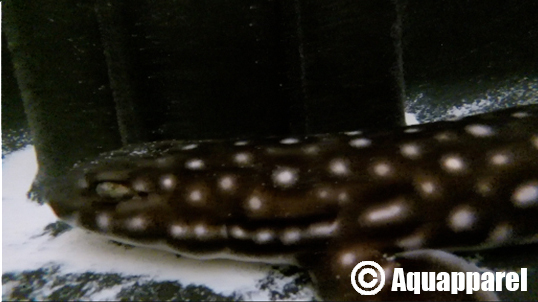
The White Spotted Bamboo Shark or Marbled Bamboo Shark
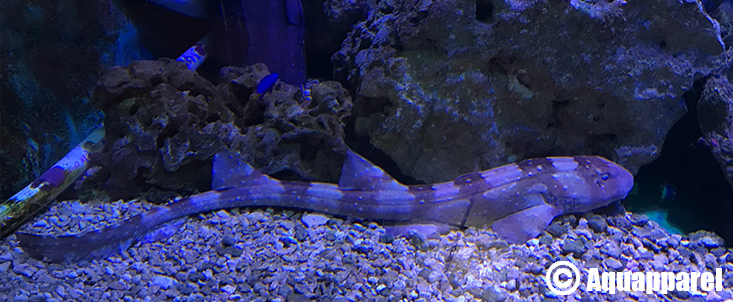
The Horn Shark
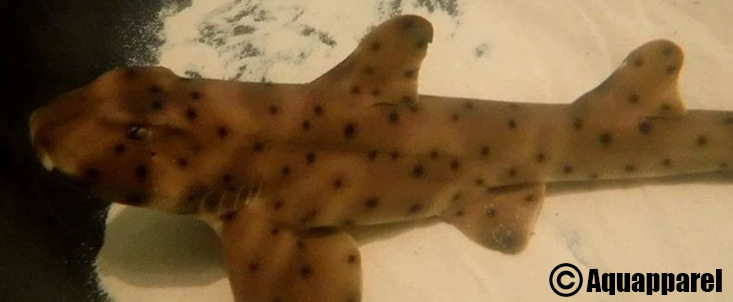
The Epaulette Shark
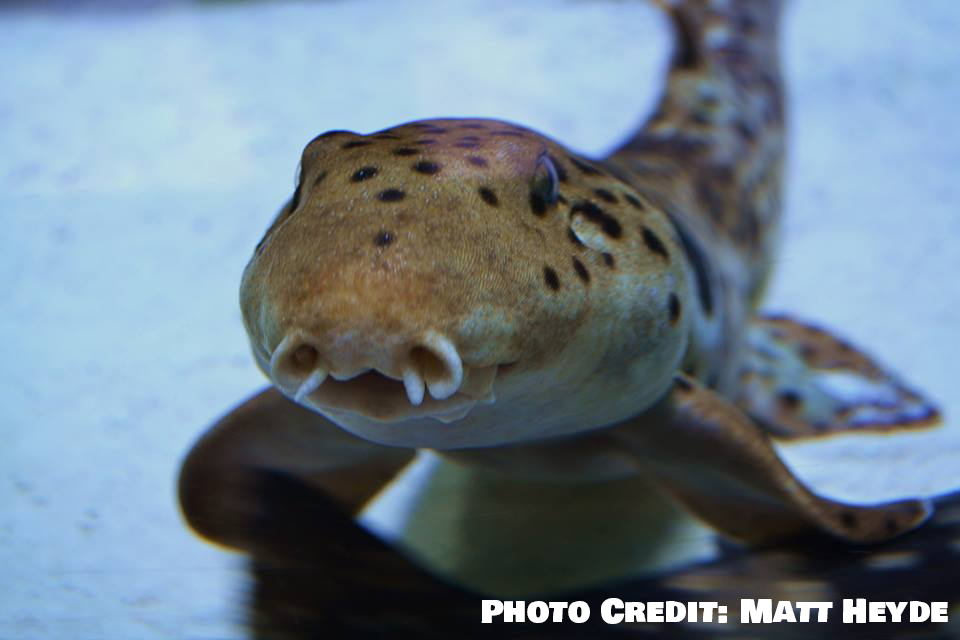
In total between me and my good friend Matt Heyde, we have rescued and relocated over 100 sharks.
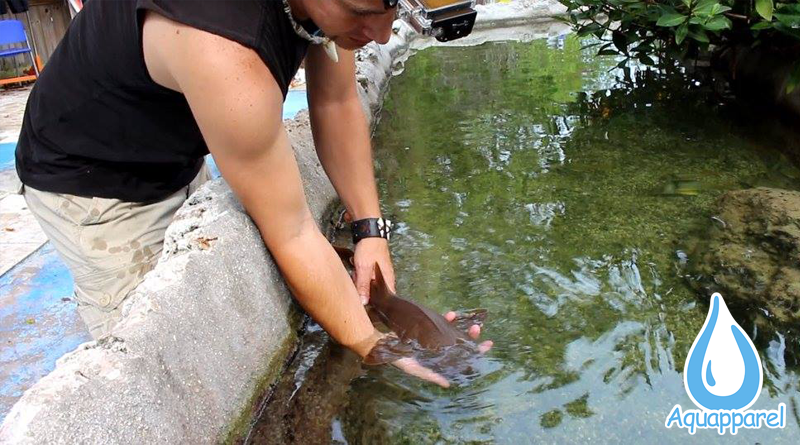
I personally have kept and cared for all of the species that I have listed above. Based on the conditions that we rescued some of these sharks from and my experience with caring for them, I am going to be honest with you and tell you what you need to know before you make the decision to bring one of these little ones home.
The Truth About Their Growth Rates and Sizes
All of the sharks listed above grow to be about 3 feet in length. Some are really skinny like the Coral Cat Shark and some are really wide like the Grey Bamboo Shark.
So taking that into consideration, when my pond was at what I consider to be one shark less than its max capacity late last year, it housed 4 full grown sharks.
The pond is approximately 400 gallons and the main tank is 5 feet by 6 feet. They all had enough room and were very healthy considering that 2 were rescues with major health issues and 1 – Yoshi my Coral Cat Shark was pretty old. Adding one more shark to this system I think would have been too much for it. Here’s why:
Each shark is approximately 3 feet in length. With their body size they produce quite a bit of waste. The approximate 400 gallons that they lived in was enough to keep the biological system in the tank stable. Meaning the Ammonia, Nitrite and Nitrate levels were at 0. In the event that they are ever elevated it was due to uneaten food that I missed while cleaning up after they ate or my Epaulette Shark Ameila laid an egg and the others tried to eat it making the yolk go into the water and fouling it.
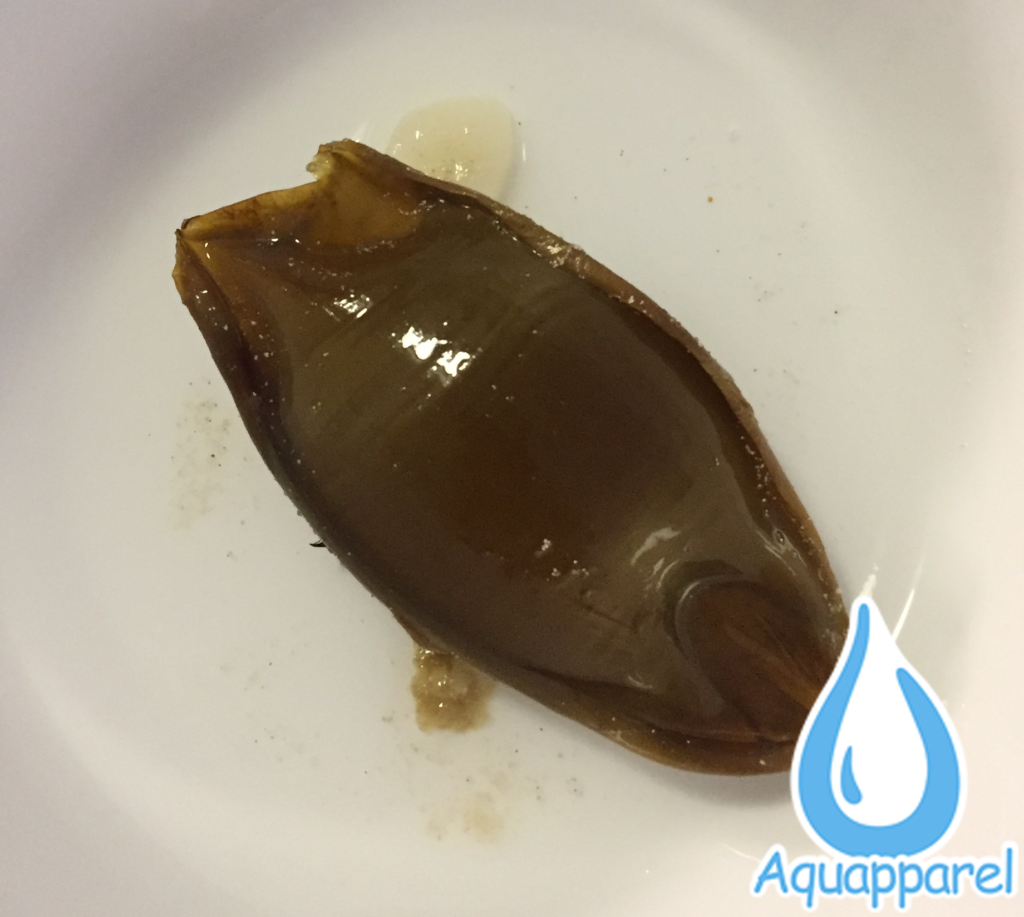
These 2 things rarely occurred, but I wanted to give them as examples since it did happened once or twice in the 7 years that I have had this system up set up. Currently the system is home to Fatty the Grey Bamboo Shark and Link the Horn Shark who is currently growing out in the sump or nursery area.
Zelda is still too small to join Link or Fatty so once they both reach a good size they will join Fatty in the main pond.
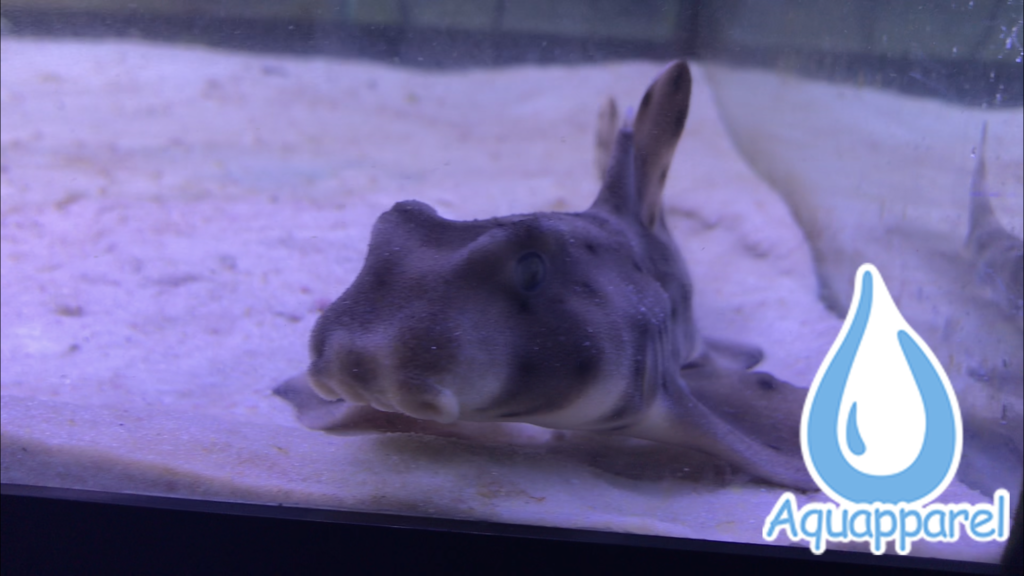
For those of you who are new to aquarium biology, the good bacteria that you build up in your system helps to breakdown the waste that the animals who live in your system create. If the animals who live in your system create too much waste, your Ammonia, Nitrite and Nitrate levels will rise. Ammonia is the waste from the animal. Ammonia then gets converted into Nitrite by the good bacteria. Nitrite then gets converted into Nitrate by the good bacteria. If the Nitrate levels cannot be broken down at an acceptable rate by the amount of good bacteria that lives in your system, the high concentrates will build up and create poor water quality. This can have a very negative effect on the animals and their organs. If not resolved quickly, it can lead to their death.
So aside from not giving them enough room to move around when they want to, not having a large enough system will ultimately lead to their premature death. Also, they will grow no matter what size system you house them in. There is no such thing as stunting their growth. They will keep growing and the bigger they are, the more waste they produce. So you get the idea.
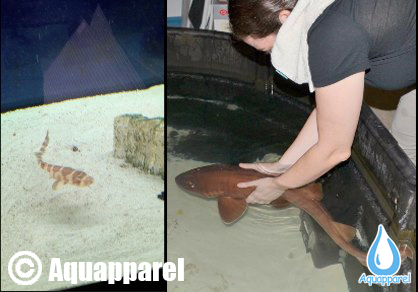
If you do find yourself in this situation, we do have a shark rescue, rehabilitation and re-home program. So get in touch with us, we’d be happy to help in anyway that we can. It does not matter where you are located.
Aquapparel’s Shark Rescue, Rehabilitation and Re-Home Program
With that said, this room in my house is supposed to be a dining room.
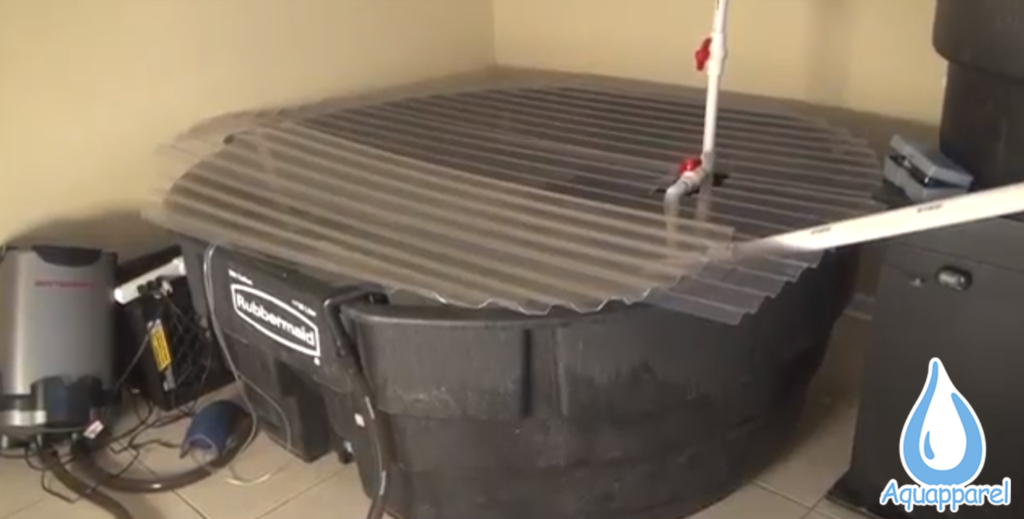
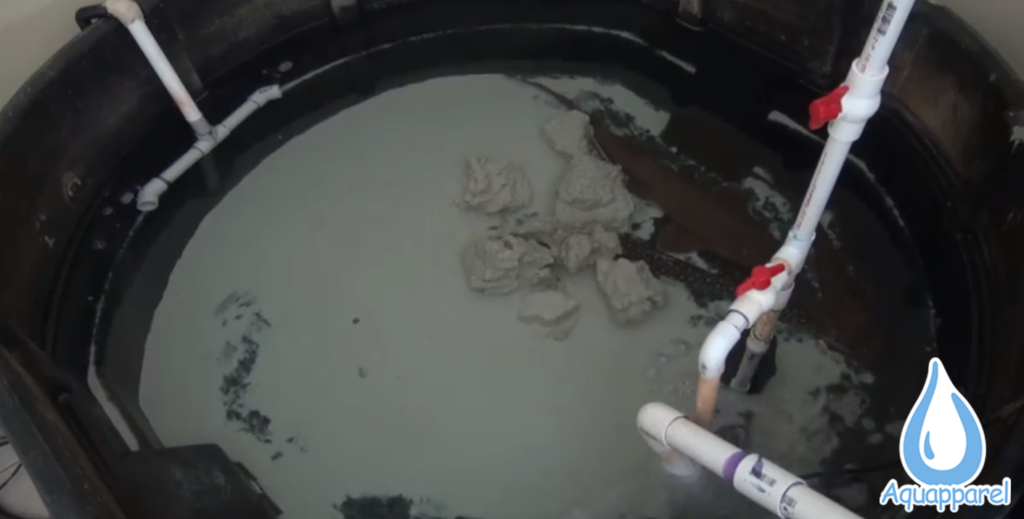
My system is not the prettiest but it is the best solution that I have found that will fit through a standard door frame. It also don’t have to dig a hole in the floor of my home to build a custom inground indoor pond. Which I’m sure is most people’s situation. I don’t keep them in a large aquarium because 1 they are very expensive and 2 the sharks don’t really seem to like being on display like that. The times that they were in a large aquarium while they were growing out, they hid whenever anyone came over my house. So you will need something large like this in order to maintain proper water quality and give them enough room to move around. Which they don’t do much of. This is another solution that I will be upgrading to at some point. There is enough hiding spaces so that if they don’t want to be on display, they don’t have to.
Benthic or Bottom Dwelling Shark Activity
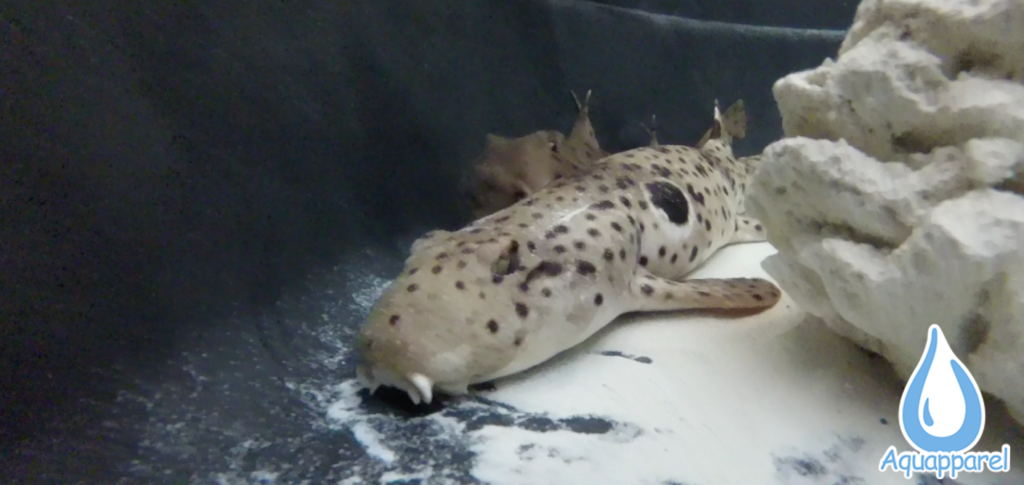
Aside from looking really cool, these sharks serve a very important purpose. They are in charge of keeping reef populations of smaller fish and invertebrates in check. To prevent these sharks from desimating populations of fish and inverts, they have a relatively slow metabolic rate. As a result, they have very low energy and only exert their energy in order to hunt and do their job of keeping the populations of the small reef fish and inverts in check.
As you may know, an aquarium is a closed system. Which means that it is a self contained ecosystem. As the aquarist, you have control over how much food goes into the aquarium and by target feeding the sharks, how much food they each eat. In an aquarium, these sharks can actually get really overweight and that can result in health problems just like in people. For example, fatty liver disease. In sharks that are obese and pass away from it, you can see the fat deposits on their liver in a necropsy.
Due to their low energy, they mostly just lay around like the two sharks pictured above. This can get boring if you are not really passionate about this species. Also, they are buccle pumpers which means that they do not have to swim in order to breathe. So they can basically lay there all day and night and be fine.
So if you are thinking about getting one of these sharks, just remember that they are not very exciting in that way. They will just hang out and look cool basically. I would say at least half of the people who we have rescued sharks from got bored of them and when the shark got too big, they did not want to invest in a larger system for them. They get to be full grown in about 2 years with the majority of the growth happening in the first year and a half. Some sharks grow even faster and can reach a good length at about 6 or 7 months.
It’s really not easy to re-home these species because of everything that I have gone over so far. Also, most public aquariums can’t take them because they are already well stocked. So it’s really not easy to re-home them. And no, you cannot set them free in the ocean. Here’s why.
The Environmental Stuff
There is very little regulation of these species to my knowledge. Their eggs and adults are both captured and sold for the aquarium trade. Since these sharks take about 5 to 7 years to become mature and able to reproduce, this can hurt their numbers in the wild. And unfortunately due to this practice in addition to a number of other environmental issues, most of these species are listed as Near Threatened on the IUCN Red List. And there is currently not a plan in place to help revive their populations.
None of these species are native to the US. And so you cannot just set them free into the ocean as it can have a very negative effect on the ecosystem. I am going to cover the 2 main ones in this video.
- Once they are under human care in a way they become domesticated. We also call this human imprinting. They can be very friendly towards the person who raised them. When a wild animal loses it’s natural fear of humans, this can create a huge problem. Since they are not afraid of humans and are used to being fed by a human, they can harass people who are swimming at the beach looking to be fed. When any wild animal is hungry, they tend to no longer be nice until they are fed again. This can result in a very unfavorable situation for both the humans as well as the shark.
- Perhaps one of the biggest issues with releasing an animal that has been in human care in an aquarium back into the ocean is disease. When I filmed the Shark Pond 2019 Update video above, I had 4 different species from 4 different parts of the world. While together they are fine, if released, they could have a bacteria that is not native to this area that if released can have devastating effects on our marine life and coral reefs. Out of the 3 sharks that I currently have, the only one that is not from the wild is Zelda. Fatty had a Vibrio outbreak when he was a pup that took me 3 months to completely cure him of. His sister didn’t make it unfortunately. Link appears to be pretty healthy despite his under weight issue which is just about resolved. I have no idea what the effects will be long term from that initial condition that I rescued him from. El Guapo was in much worse shape than Link and he did not live for that long. Way longer than I expected though. Amelia had a pretty big abscess on the side of her face that was resolved by the pet store that I rescued her from. However, releasing her into the wild, who knows what kind of complications that could have created since her immune system had been so severely compromised at one point. And then there is Zelda, who was born in captivity who is 100% healthy but has never been in the ocean before. So who knows what the complications from that could be. Let’s not find out though. So you get the idea.
With that said, how long do these sharks live for? In human care with no natural predators, they have be recorded to live up to 25 years. From my experience, since I rescue mine from unfavorable situations, they live a long time but just like with humans, if they have congenital issues or have had a lot of health complications in their life, they might not live out a full lifespan. When you get these sharks you usually have no idea how old they are. The only one that I know for sure is Zelda because I had her as an egg and I know when she hatched. So I think the best bet is to plan for 25 years and do the absolute best that you can to provide them with a good life for as long as they live. They deserve nothing less.
There are quite a few more cons to keeping a shark as a pet, but those 3 are the main ones. Watch the video below to learn more about these sharks and see if they are the right fit for you.
If you currently have a shark as a pet or you are still interested in keeping them as a pet after watching the video above and want to learn more about these sharks, consider enrolling in my online course here: Aquarium Sharks for Beginners
